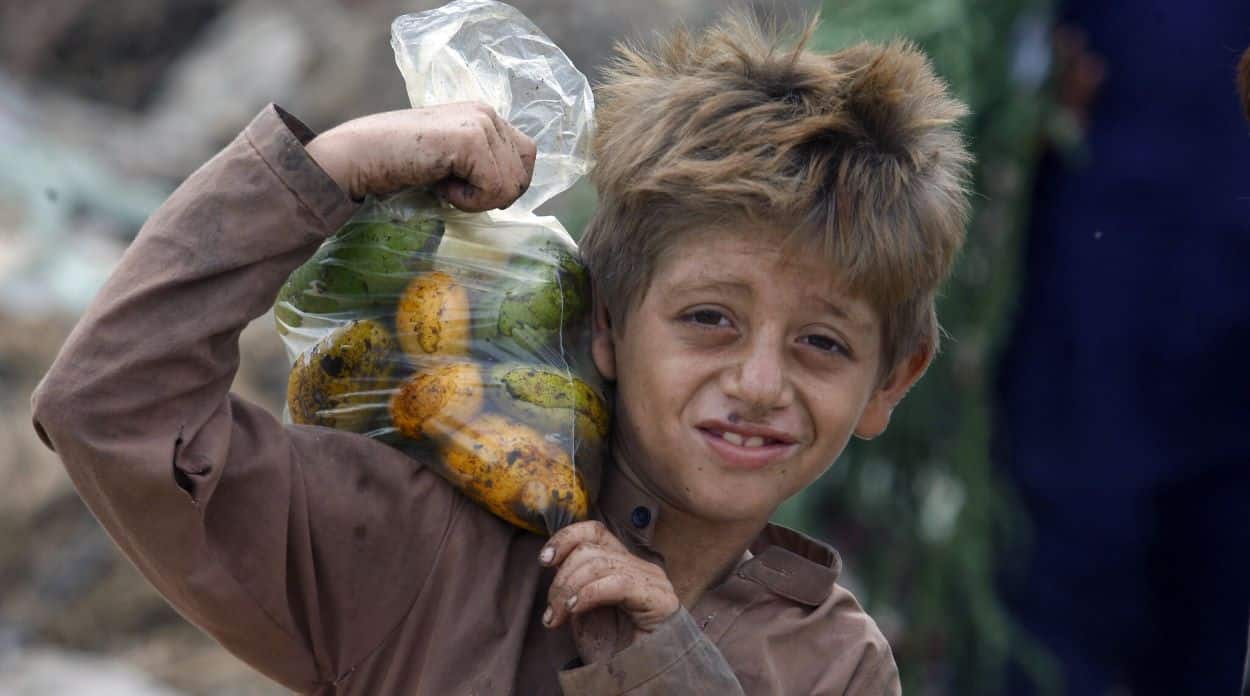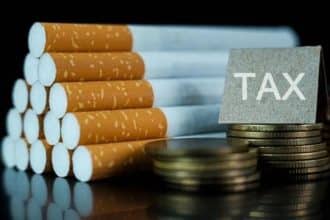Despite assurances from various political parties, Pakistan continues to grapple with escalating poverty rates and significant deficiencies in providing basic services such as education, healthcare, and housing to its citizens.
A recent study by a local institution specializing in development economics has highlighted a troubling increase in the national poverty rate. Over the past five years, this rate has risen by 0.9%, moving from 38.6% to 39.5%.
The Pakistan Institute of Development Economics, which conducted the study, also noted that the province of Balochistan suffers from the most severe poverty levels in the country, with 70% of its population living below the poverty line. This is significantly higher than the rates in Khyber Pakhtunkhwa (48%), Sindh (45%), and Punjab (30%).
The report further distinguishes between urban and rural poverty, revealing a stark contrast: 51% of the rural population lives in poverty, compared to 17% in urban areas. Moreover, the lack of basic amenities remains alarmingly high, with 49.4% of the population without access to educational facilities, 24.1% deprived of healthcare services, and 26.5% lacking adequate housing.
Adding to the gravity of the situation, Dr. Hafiz Pasha, a former Finance Minister, recently stated that an additional 20 million citizens have fallen into poverty over the last two years alone. This surge in poverty accompanies a rising unemployment rate, underscoring the urgent need for comprehensive government interventions to reverse these distressing trends.






